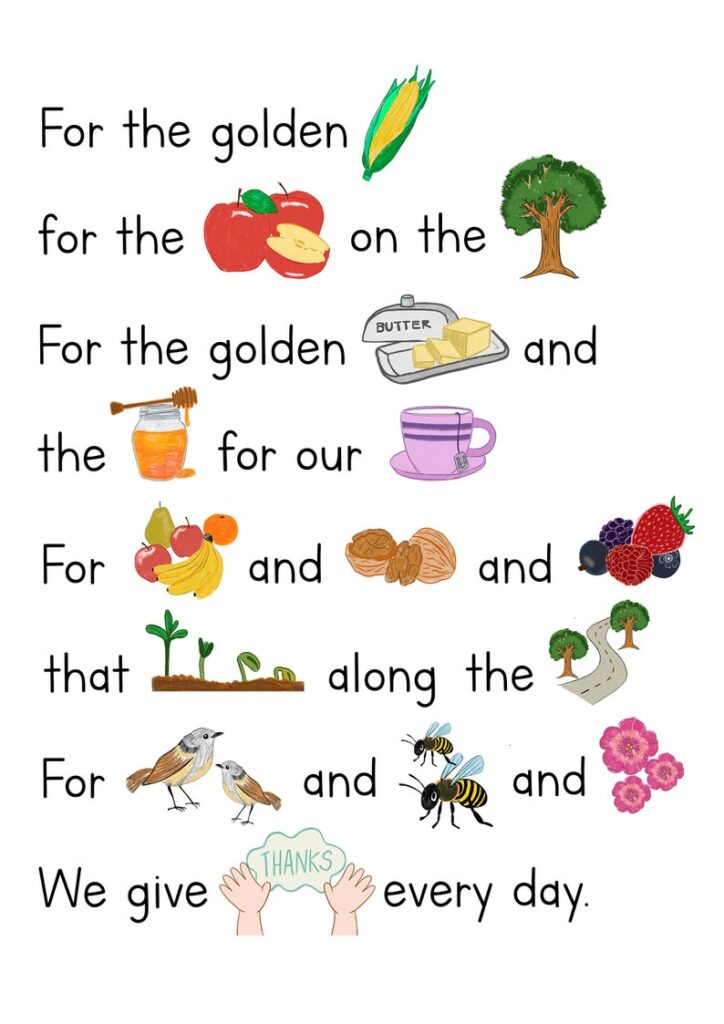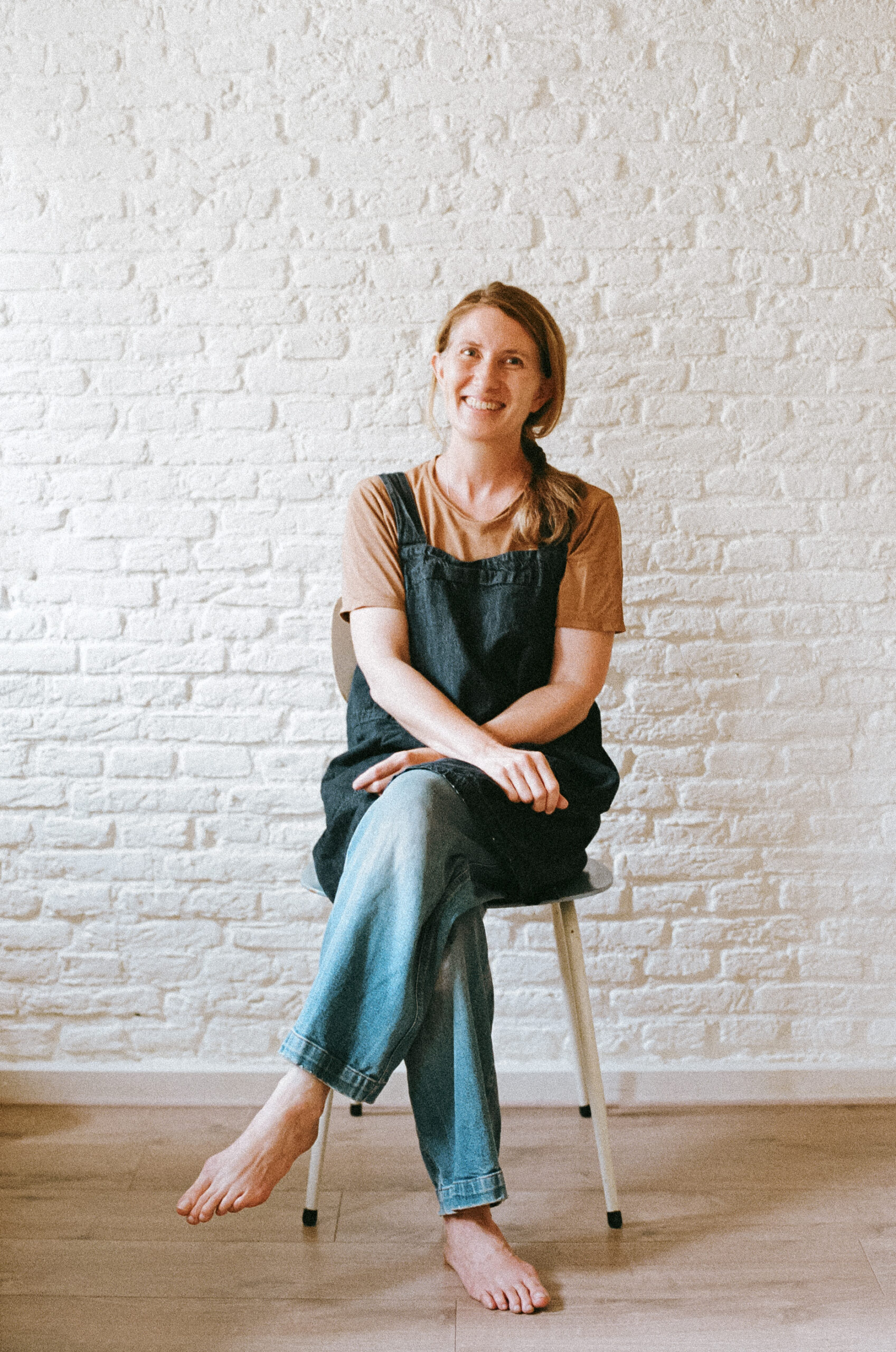Montessori is community, not just independence
Montessori in community?! When I run workshops and ask what people know about Montessori, the most popular answer is “giving children independence.” Yes, independence is an important aspect of Montessori. We create a school or home environment where the child is so capable from such a young age, they learn to do things for themselves, have the satisfaction of mastering an activity that is giving them just the right challenge, they are learning skills how to look after themselves, others and their environment, and they learn to contribute to their family or class.
Some people then believe that Montessori children might be lonely, that they have to work alone, that they don’t get practice in working with others, and that they will not have good social skills.
This overlooks something even bigger that is happening in a Montessori classroom or home. We are building Montessori communities.
An example: what can we observe in my classroom that shows Montessori community?
At Jacaranda Tree Montessori here in Amsterdam, I run parent-child classes with 12 children and 12 parents /caregivers in each class. In a toddler class the children range from 14 months to up to 4 years.
- With the younger children there is definitely a lot of parallel play. The children are not yet playing together. But they are often observing the other children. I’ll see them post a coin in the box, then look over their shoulder to a sound behind them. They are becoming aware of others, they are observing how older children use the materials, carry their activity to a table and return it to a shelf. They see another child push in their chair. They observe a child wiping the easel and hanging up the cloth on the hook when they are finished.
- Around 2.5 years old, I see children wanting to interact with children of a similar age. Not all the time, but from time to time during class. It’s a safe place to practice social skills, asking a friend to work together, learning to tell them when they want to be alone etc. We model these skills with them if/when needed.
- We prepare snacks together for our group snack time. The children spread crackers and place them on a plate that we will share later at snack time. The children peel and slice bananas that we put in a bowl to share with our friends. And they make orange juice that they pour in a jug for us to drink together at snack time.
At first they try to eat the cracker or banana straight away or put the spreader in their mouth to eat the spread. We gently remind them, “It goes on the plate for our friends” / “It goes on the cracker” and get a new spreader if needed.
They are learning to make food for friends. We thank everyone who made the food at our snack time as well as singing, “For the Golden Corn” to give thanks for our food. See below the lovely poster below made by one of our parents Vanessa Lupi.
- There are many opportunities for them to practice working on an activity, looking up to see what a friend is doing, and then remembering what they were working on. A skill that we need for life. I enjoy playing games with the children when they need to find something in the classroom, for example, to find something yellow or to find a dustpan that looks like the picture. In these moments, they are moving through the classroom with something in mind that they are looking for. They need to remember what they are looking for even when distracted by other goings-ons in the classroom. They are learning to work as part of a community.
- They love to care for the environment – the cleaning area is in constant use with children mopping up any spilled water, getting a hand mitt to wipe their hands or the table, the spray bottle and squeegee in constant use to clean the windows, children arranging flowers or watering our plants. They learn to be gentle with plants and flowers. Older children help younger ones when they spill something on the floor. Sometimes they pour water on the floor just so they can wipe it up (which I allow with limited water). They are learning to take care of their space and leave it ready for the next person.
- Children are learning to take turns with the activities. Particularly at this age, children appreciate being able to have as much time as they need to practice an activity they have chosen. There are very few fights over toys as there is a clear guideline and it’s a skill they can develop in class. Instead of being worried when a child takes a toy from another child, it’s an opportunity for them to learn being in community.
First we can see how the other child reacts. Sometimes they work it out by themselves. Sometimes I see a child pull the activity towards them or give another signal they don’t want to be disturbed. Then I can help them to express that, “would you like to say it will be available soon?”/“You can say, It’s my turn. You can have a turn when I’m all done.” Sometimes it’s still hard for the child to wait their turn, so I try to translate for them, “You really want to play with it right now? And Jennifer is having their turn right now? That can be hard.” You can see this article on sharing for more.
- We model respectful language from saying thank you or apologising if we get something wrong to asking consent to move a child’s body. We model respectful movement learning to walk around someone’s activity to carrying a glass jug with two hands. They are absorbing how to care for others.
There are so many more examples from a 2.5 year old picking up the beads that a parent had dropped; to a child getting a tissue for another child who was crying when they fell over; to two children working together to turn the slide over on the Pikler triangle to the other side; to working out how to solve problems like a 3.5 year old getting an activity for another child when they were being interrupted by them.
As the child grows
At birth, the child’s community is their immediate family and any close carers at home or possibly day care. They love the predictability of families faces and points of reference.
As they become toddlers, their community gets a little bigger to include not only their family but perhaps friends from playgroups or day care, and the extended family becomes more interesting.
For the 3-6 year old, their community grows to include perhaps preschool as well.
And for 6-12 year olds, their school community and working in a group becomes a characteristic of this age. They no longer work alone but in groups at large tables or spread out on the floor. They also move beyond the classroom wanting to venture into the greater community to discover greater information from the library or experts or businesses or park rangers.
The adolescent continues to grow their community, to practice becoming an adult, to live in a social group and to contribute to this community.
—
It is my hope that this valuable part of a Montessori education – Montessori is community – becomes less overlooked and becomes what Montessori is known for. We are interdependent beings. We need each other. We need to know how to respect and care for others. And this can happen in our homes and schools.
To more community!


Simone Davies has more than 20 years’ experience as an AMI Montessori educator. Simone is the author of “The Montessori Toddler” and co-author of “The Montessori Baby” and “The Montessori Child” books, comprehensive guides to raising children in a Montessori way. She currently runs parent-child Montessori classes in Amsterdam at her school Jacaranda Tree Montessori. She also has a popular blog, instagram and podcast “The Montessori Notebook” and is mother to two young adults.